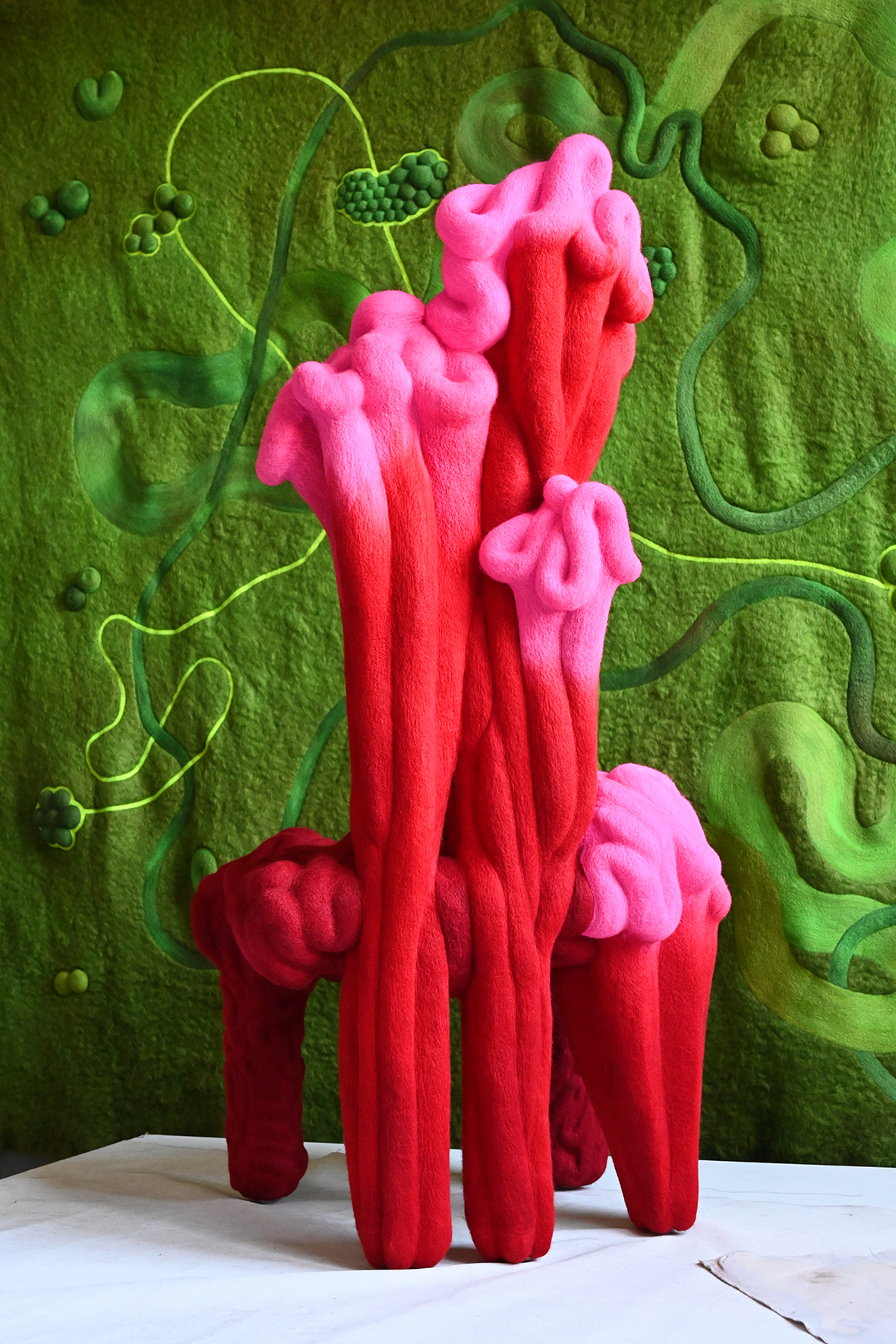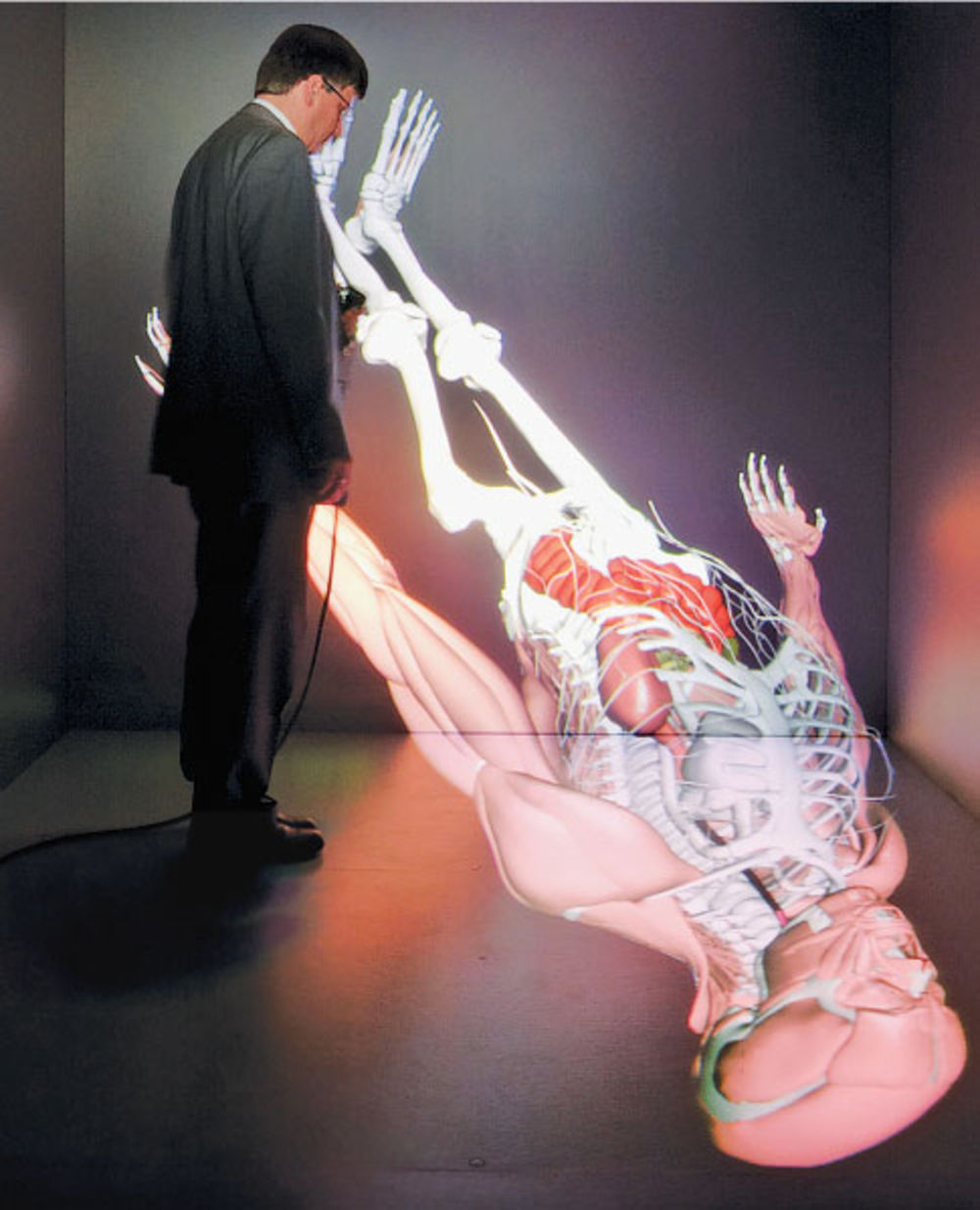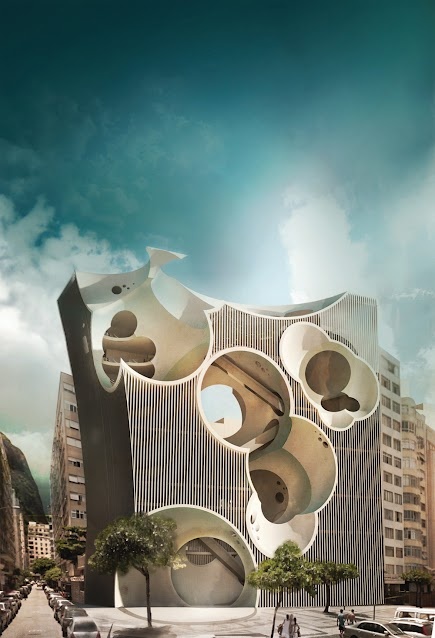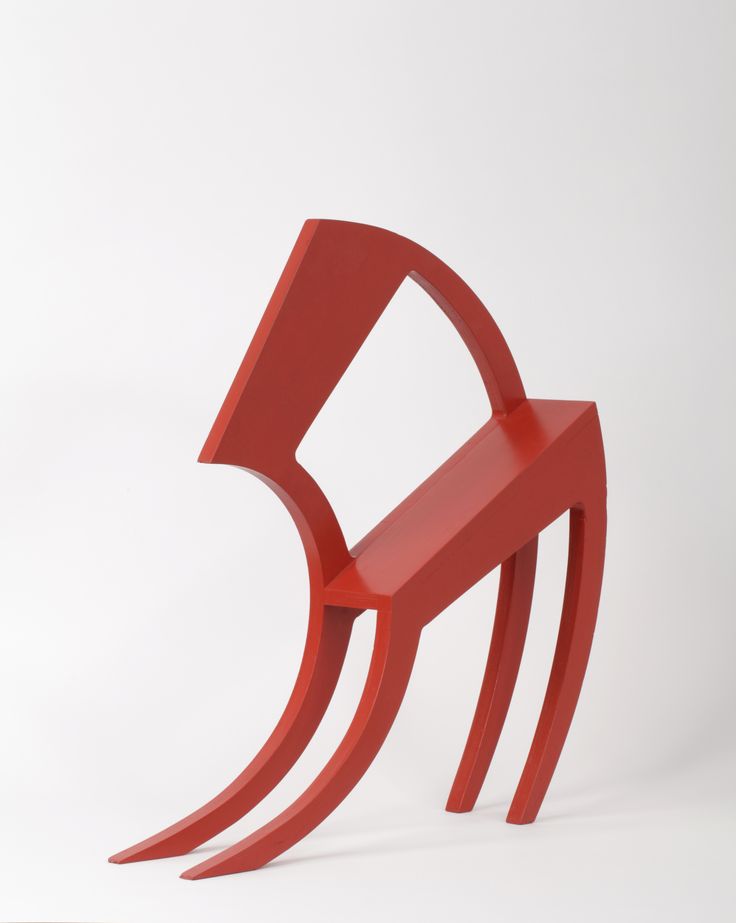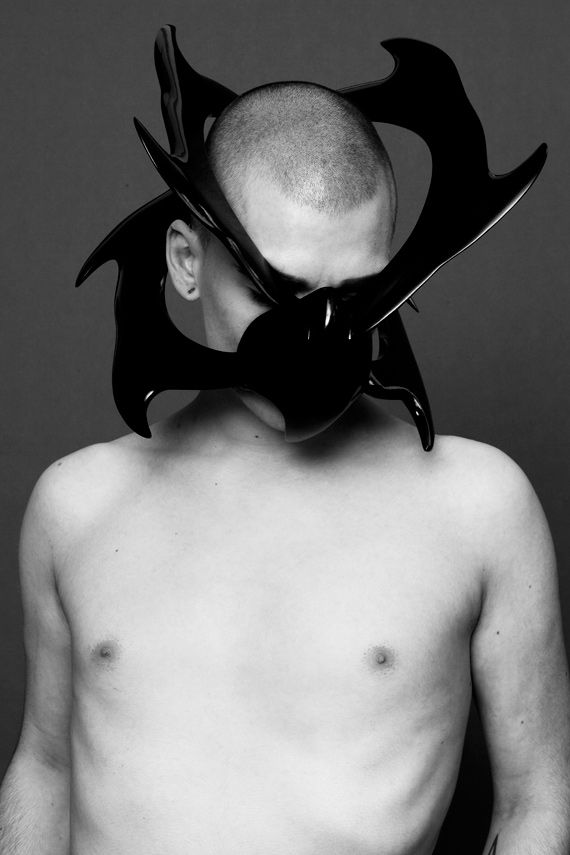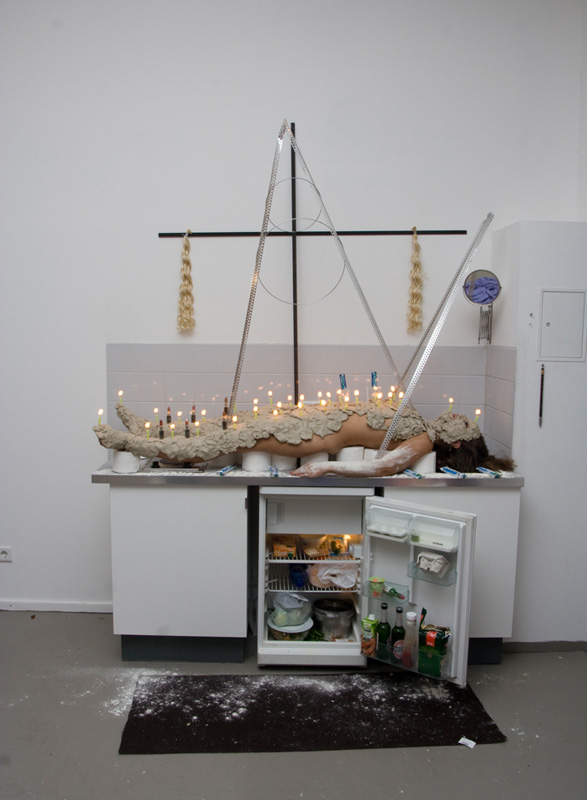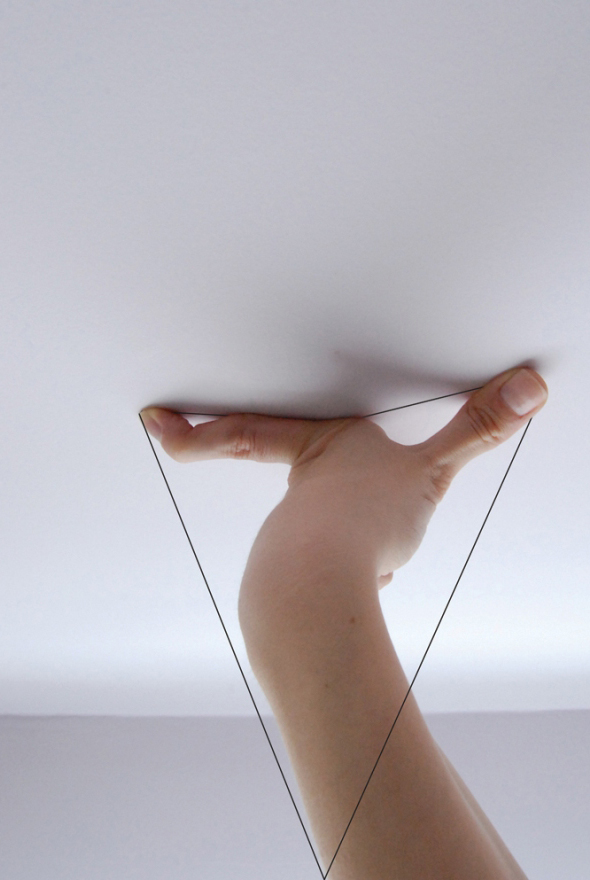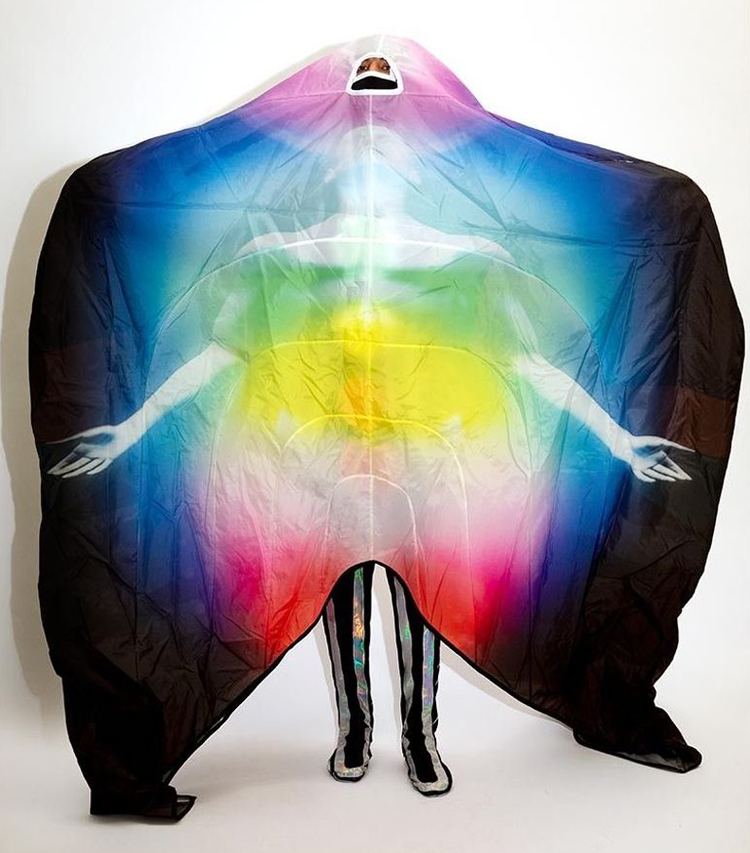
Berenike Corcuera
Berenike Corcuera’s collection was inspired by kirilian photographs of her aura, first captured in Chinatown’s reowned Magic Jewelry. when she lived in New York in 2014. She began studying the electromagnetic field of the human body to understand how to translate the invisible. She began the practice of mandala and colour studies, to understand how metaphysical bodies could be interpreted into physical bodies and contemporary menswear clothing.



